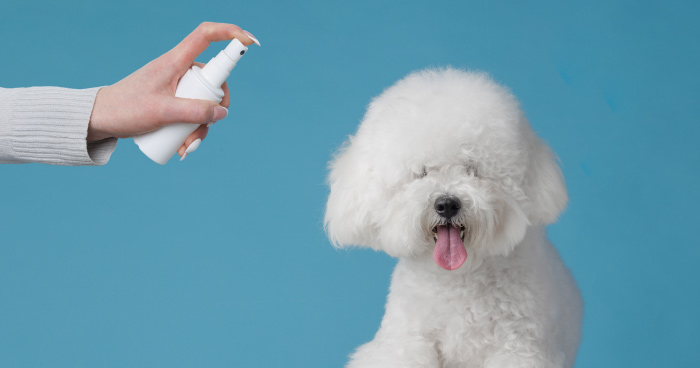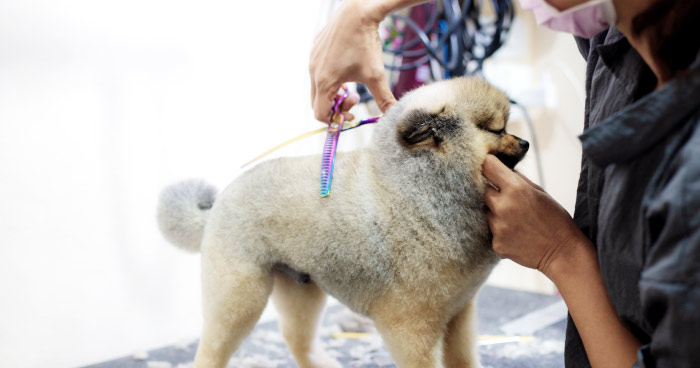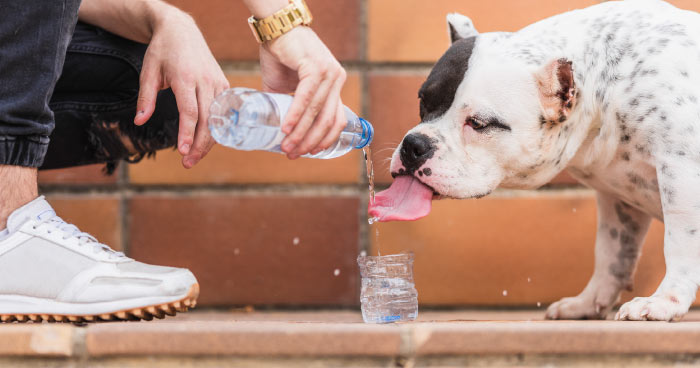


12 Mar
Summer has arrived, bringing intense heat and glaring sunlight with it. While we take precautions to shield ourselves from the harsh rays of the sun, our pets depend entirely on us for their protection. Prolonged exposure to ultraviolet (UV) rays can cause significant health issues in humans and pets alike, ranging from skin redness and irritation to more severe conditions like cancer.
Pets, unlike humans, may not face long-term cosmetic concerns such as wrinkles or age spots. However, their risk of serious conditions, like skin cancer, is just as real if not higher. In fact, skin cancer is the most common type of cancer found in dogs. This is why ensuring your pet’s safety in the summer heat is crucial, especially when spending time outdoors.
Pets have fur coats that act as natural barriers against harmful UV rays. However, this protection is not universal and varies heavily depending on the breed and fur type. Dogs and cats with thick, long fur have a better natural shield, while those with short fur or hairless breeds like the Sphynx cat are particularly vulnerable. Breeds such as Pitbulls, Dalmatians, Greyhounds, Golden Retrievers, and White Shepherds also have thinner or lighter-colored coats, making them more prone to sunburn.
A common misconception is that lighter-colored fur offers more protection than darker-colored fur. In reality, fur color doesn’t make a significant difference in shielding against UV rays. Even pets with dense fur can suffer sunburn in areas where the fur is sparse or absent, such as the nose, under-eyes, snout, belly, ears, and armpits. In as little as 15 minutes of direct sunlight, exposed areas can start to develop sunburn.
This risk increases significantly for pets who travel frequently or during international relocations, where they may encounter climates and UV levels different from what they’re used to.
Before diving into prevention tips, it’s important to recognize the signs of sunburn in pets. Common symptoms include red or pink skin, dryness, flaking, or visible peeling. Pets may also scratch or lick the affected area due to discomfort. Severe sunburns can cause blisters or swelling. If you notice any of these signs, consult your veterinarian immediately.
Now that you’re aware of the risks and symptoms, here are some practical ways to protect your furry friend from the summer heat:

Sunscreen is one of the most effective ways to shield your pet’s skin from UV rays. Always use sunscreen designed specifically for pets, as regular human sunscreen can contain ingredients like zinc oxide, which is toxic if ingested. Focus on applying sunscreen to exposed areas, such as the nose, ears, belly, and around the eyes.
If you’re unsure which product is safe for your pet, consult your veterinarian for recommendations. Remember to reapply sunscreen if your pet spends extended periods outdoors, especially if they’ve been swimming or playing in water.

It’s natural to think that less fur would make pets cooler in summer. However, shaving their coat can remove the natural barrier that protects their skin from harmful rays. Instead of shaving, consider trimming overgrown fur or using an undercoat rake to lighten their coat while maintaining its protective function. This is particularly important for breeds with double coats.

When spending time outdoors, stick to shaded areas as much as possible. Prolonged exposure to direct sunlight increases the risk of sunburn, dehydration, and heatstroke. Pets regulate their body temperature differently from humans; they sweat only through their paw pads and rely on panting to cool down. Shade provides much-needed relief during hot summer days.

The sun is at its peak during midday hours, typically from 10 a.m. to 4 p.m. Avoid taking your pet out during these times. Early mornings or late evenings are much cooler and safer for walks. Additionally, walking on hot surfaces like asphalt during the day can burn your pet’s paw pads.
Consider testing the ground temperature by placing your hand on it for a few seconds—if it’s too hot for you, it’s too hot for your pet.

Ensure your pet has access to clean, cool water at all times. Dehydration is a major risk during summer, and pets can lose water quickly through panting and sweating. Carry a portable water bowl during walks or trips and encourage your pet to drink frequently.
Summer can be an enjoyable season for you and your pet, provided you take a few precautions to keep them safe. With a little planning, you can minimize the risks of dehydration, sunburn, and heat-related illnesses.
If you’re planning an international pet relocation, take time to research the destination’s climate and UV levels. Ensure your pet will be comfortable and safe in their new environment. A little extra preparation can go a long way in keeping your furry friend happy and healthy, no matter the season.
By following these simple tips, you can enjoy a fun and safe summer with your beloved pet, free of unnecessary worries about the heat or sunlight.

AUTHOR’S BIO
ARSH BHARDWAJ
I am passionate about language, storytelling and the human urge to connect Having paid close attention to marketing and branding as a craft for some time, I'm eager as ever to indulge my passion for prose.